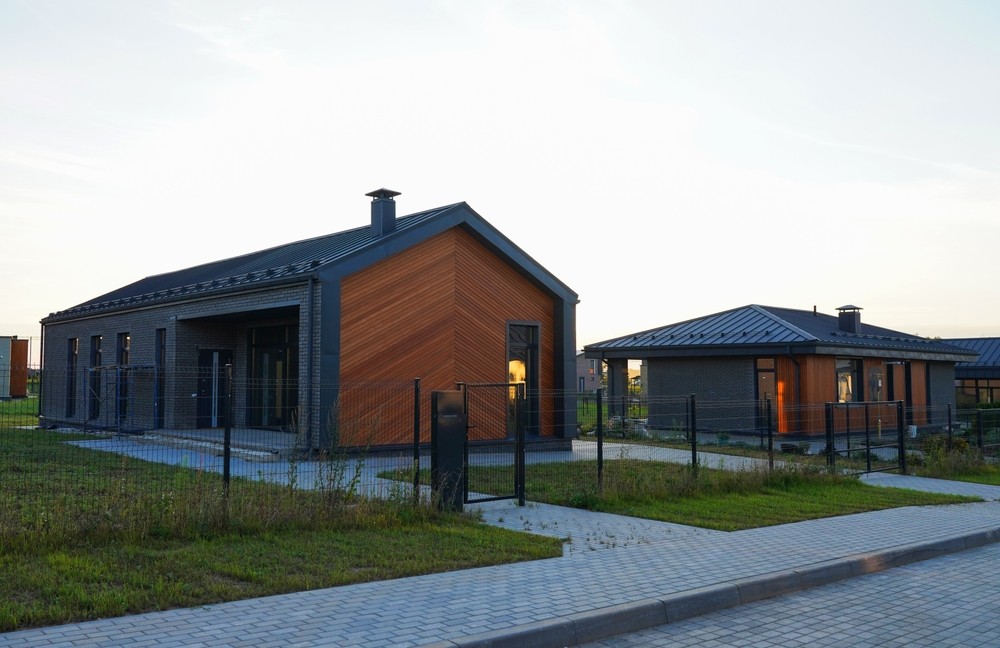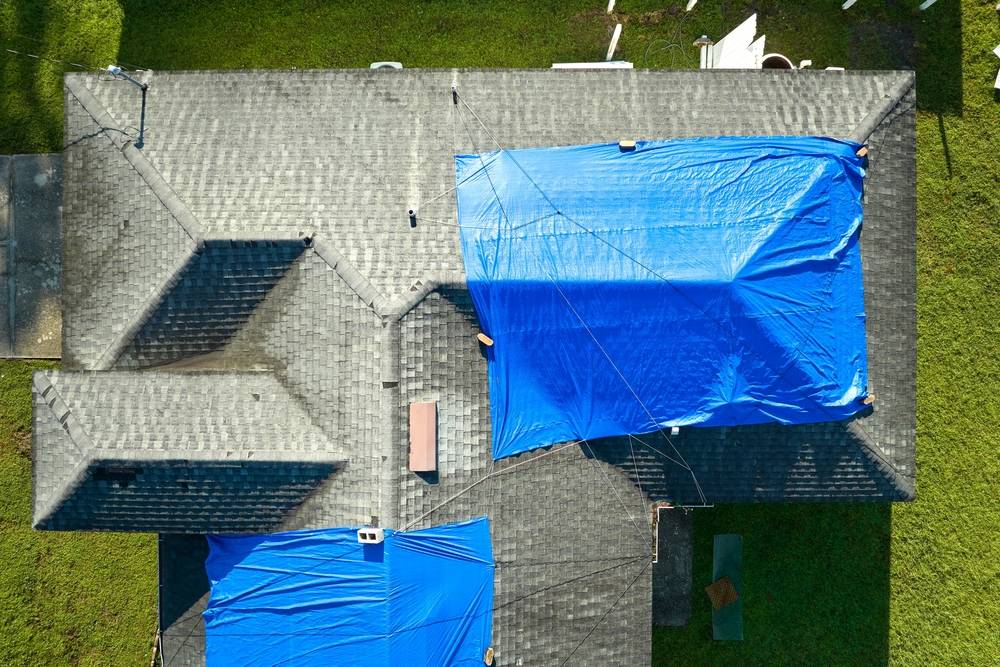Across neighborhoods, property owners are investing in fencing not only for privacy and security but also to enhance curb appeal and property value. Whether you're installing a new fence or replacing an aging one, understanding the latest options, pricing, and services can help you make an informed decision.

Understanding the Different Types of Fences
The materials you choose significantly impact the durability, maintenance, and style of your fence. Here are some of the most popular options available today:
- Wood: Offers natural beauty and can be stained or painted, but requires regular maintenance.
- Vinyl: Low-maintenance and weather-resistant with a clean, modern appearance.
- Aluminum: Lightweight, rust-resistant, and ideal for decorative purposes.
- Chain Link: Affordable and functional, especially for enclosing large areas.
- Composite: Made from a mix of wood fibers and plastic, offering durability with less upkeep.
Retailers like The Home Depot and Lowe’s offer a wide selection of materials and styles to suit both traditional and modern tastes.
Fence Prices in 2025: What to Expect
Fence prices in 2025 reflect changes in labor costs, materials, and regional demand. On average, homeowners can expect to spend between $15 and $50 per linear foot, depending on the fencing type and complexity of the installation.
According to the most recent estimates from Angi, pricing varies due to factors like:
- Fence height and total length
- Material choice (wood remains the most variable in cost)
- Permits or zoning requirements
- Site prep (tree removal, grading, old fence demolition)
Retailers also offer guides to help you estimate your project costs. For example, The Home Depot's fencing cost calculator provides estimates based on local pricing, helping homeowners budget realistically before starting a project.
Professional Installation or DIY?
While some homeowners choose to install fences themselves, others prefer the convenience and expertise of professional installation. The decision largely depends on the complexity of the design, size of the project, and personal skill level.
Professional services offer benefits like:
- Proper post setting and leveling
- Efficient installation timelines
- Knowledge of local regulations and permits
- Warranties for labor and materials
For those seeking full-service options, Lowe’s fencing installation services and The Home Depot’s installation offerings streamline the process by handling everything from material delivery to cleanup.
Saving Big on Fence Installation in Columbus
In many areas, including Columbus, local promotions and retailer discounts can offer significant savings on materials and labor. National chains often run seasonal promotions, while regional contractors may offer bundled packages or reduced labor rates during off-peak months.
Savvy homeowners can also save money by:
- Scheduling installation during winter or early spring when demand is lower
- Choosing standardized panels over custom cuts
- Removing the old fence themselves
- Comparing quotes from multiple fence companies
It’s also smart to check stores like Menards®, which frequently offers rebates and local delivery discounts for bulk purchases.
Working with Local Fence Companies in Columbus
Finding the right installer in Columbus involves more than just picking the lowest price. A reputable company should offer:
- Licensing and insurance
- Detailed, written estimates
- Clear timelines and warranties
- References or verified reviews
Most professionals will visit your property to assess grading, obstacles, and access before providing a final quote. Whether you’re considering a small backyard enclosure or a perimeter fence for acreage, experienced local companies understand city-specific building codes and homeowner association guidelines, which is especially valuable when navigating permit issues.
Permitting, Zoning, and Neighborhood Requirements
Before construction begins, it’s essential to check local ordinances. Municipalities often regulate:
- Fence height (especially in front yards)
- Material restrictions (e.g., no barbed wire in residential areas)
- Setback distances from sidewalks or property lines
Failing to get the proper permits can lead to fines or forced removal. Some cities allow online applications, while others require in-person visits to planning departments. Your fence contractor can usually help navigate this process and ensure compliance.
Fencing Trends for 2025
Homeowners in 2025 are looking beyond standard wood and chain link. Aesthetic trends reflect broader desires for eco-conscious materials and low-maintenance designs. Some of the standout fencing styles this year include:
- Horizontal Slat Wood Fences: Clean lines and modern appeal.
- Black Aluminum: Industrial elegance with minimal upkeep.
- Living Fences: Green walls using hedges or climbers over wire frames.
- Textured Vinyl: Mimics wood grain with none of the rot or staining.
As homes become smarter and more secure, integrated fencing systems that support surveillance cameras or motion-sensing lights are also gaining popularity.
Conclusion: Planning Your Fence Project
Fencing remains one of the most practical and value-boosting upgrades for homeowners. Whether driven by the desire for privacy, safety, or aesthetics, choosing the right materials, understanding installation costs, and working with reliable professionals ensures a smooth process and long-term satisfaction.
Before beginning your project, take time to explore options through trusted retailers like The Home Depot, Lowe’s, and Menards®. Get quotes from installers in Columbus, weigh your DIY capacity, and make 2025 the year your property is stylishly and securely enclosed.




